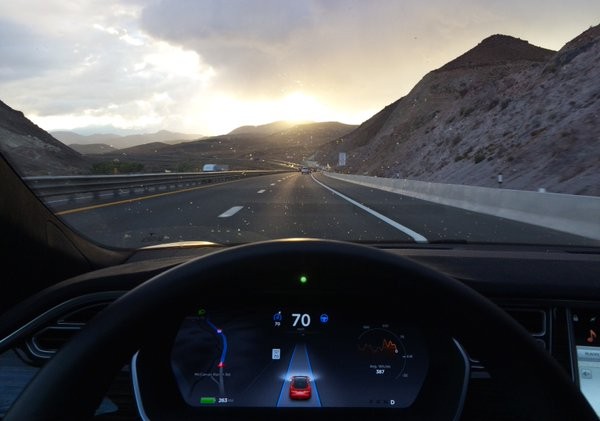Electric car manufacturer Tesla Motors is once again under fire for allegedly falsely advertising its autopilot system, after a driver crashed in Beijing.
According to 33-year old Lu Zhen, he engaged the autopilot function of his Tesla Model S while on the highway. However, the system allegedly failed to detect oncoming obstacles, causing the vehicle to hit a car that was parked halfway on the road, Reuters reported. The crash, which Lu caught on a dashboard camera, slightly damaged both vehicles but no one was injured.
In its review of the incident, Tesla said that the crash was caused by Lu not immediately taking action to control the car.
According to a company spokesperson, the Autopilot function is an assist feature that requires the driver's hand to be on the on the steering wheel at all times, ready to steer it manually if needed. In Lu's case, his hands were not detected by the system and he reportedly did not follow warnings issued by the system.
However, Lu accused Tesla of falsely advertising the car as being autonomous. "The impression they gave everyone is that this is self-driving, this isn't assisted driving," Lu insisted. He added that he has been using the feature for more than a month without incident.
Beijing-based automotive analyst Zhong Shi said that how Tesla's Chinese website refers to the feature may have been the source of the confusion. The site uses the phrase "zidong jiashi", which is often directly translated as meaning the car is self-driving, the Los Angeles Times reported.
Zhong also noted that Chinese consumers frequently tend not to completely read the instruction manual.
While the incident is the first to be reported in China, it follows a similar, albeit fatal, accident in Florida. The United States' National Highway Traffic Safety is currently investigating the case to serve as a basis for future regulations on autonomous and semi-autonomous vehicles.



























